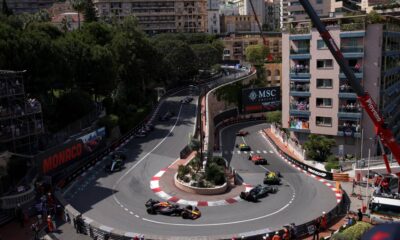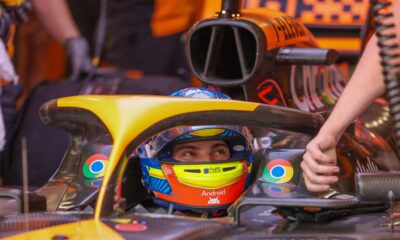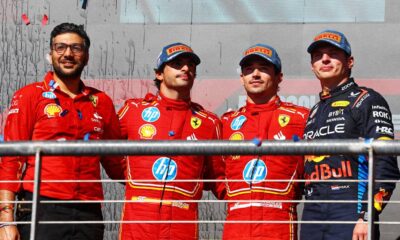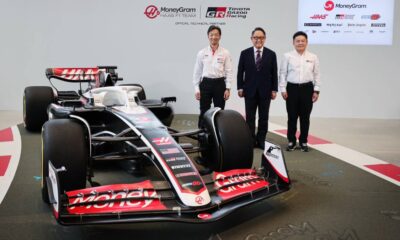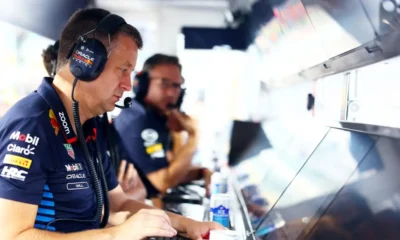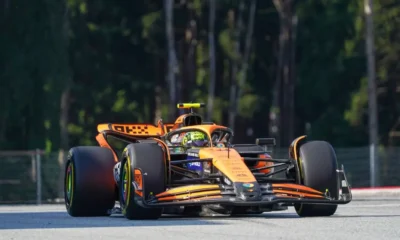Motorsport
The overhead crane that saves lives: the FIA is intervening in technical regulations that will affect everyone
The World Motor Sport Council recently not only finally decided on the regulations for new power units from the 2026 season onwards, but also confirmed changes to the technical regulations themselves. And these changes are primarily concerned with porpoising, or that bouncing and halo system.

The World Motor Sport Council recently not only finally decided on the regulations for new power units from the 2026 season onwards, but also confirmed changes to the technical regulations themselves. And these changes are primarily concerned with porpoising, or that bouncing and halo system.
Formula 1 has entered a new era with completely revised technical regulations, and as a result, this year’s monoposts look completely different to previous years.
In the opening few races, however, all teams suffered from porpoising, or bouncing on the straights. Over time, however, especially after the race in Canada, F1 teams started to come up with effective measures and today we see car hopping at a bare minimum. Or almost not at all.
However, this accompanying phenomenon of the ground effect initially caused problems for almost all teams, after which the most heated debates about the safety of drivers and racing itself have been sparked by Mercedes in the past.
New directive, interference with technical regulations
And this logically led to a long dispute. So, before the Canadian Grand Prix, the Technical Advisory Committee met and discussed all the possible options for changing the technical regulations. And this eventually led to the FIA publishing a directive to reduce the bouncing. It was simply an intervention in the current rules.
However, many teams disagreed with these changes because, as we wrote above, thanks to innovations from the stables themselves, we are now seeing virtually no porpoising. So the question is whether this intervention in the rules is unnecessary.
This is what the original proposal of the FIA and the Technical Advisory Committee looked like, and according to F1, these changes have now been approved (effective from next year).
The edges of the floor will be increased by 15mm, the height of the diffuser neck and the stiffness of its edge will also be increased, and to monitor this phenomenon and subsequent oscillations more effectively, the F1 monoposts will get an additional sensor.
However, the Federation Internationale de l’Automobile states that any changes made to the floor of the monoposts are not intended to have any impact on the design of the teams’ mechanical components.
Overhead camshaft – protective arch saves lives
We have witnessed some horrific crashes over the years past. Whether it was the collision between Lewis Hamilton and Max Verstappen at Monza in Italy or this year’s crash involving Kuan-yu Zhou.
These scary-looking crashes turned out very well thanks to the halo system. Or rather, the protective arch.
As a direct result of this crash, the FIA is going to redesign the testing of this system for 2024. And there will be changes next year. The top of the arch will be re-rounded to reduce the likelihood of it digging into the race track. That’s what the FIA believes played a role in Chou’s case.
Motorsport also reports that a minimum height for the homologation test will be introduced. Last but not least, the FIA has agreed to a new physical homologation test in which the load pushes the curve forward.
Sources

